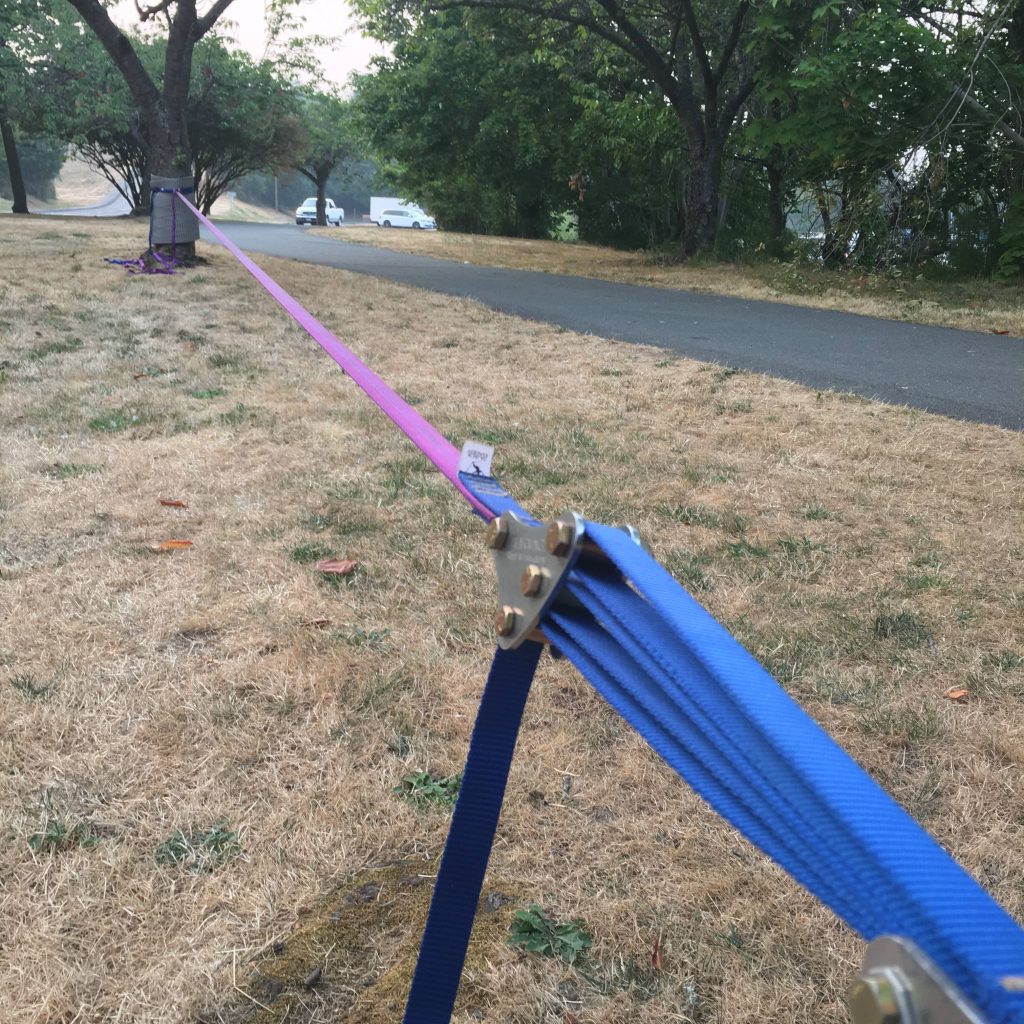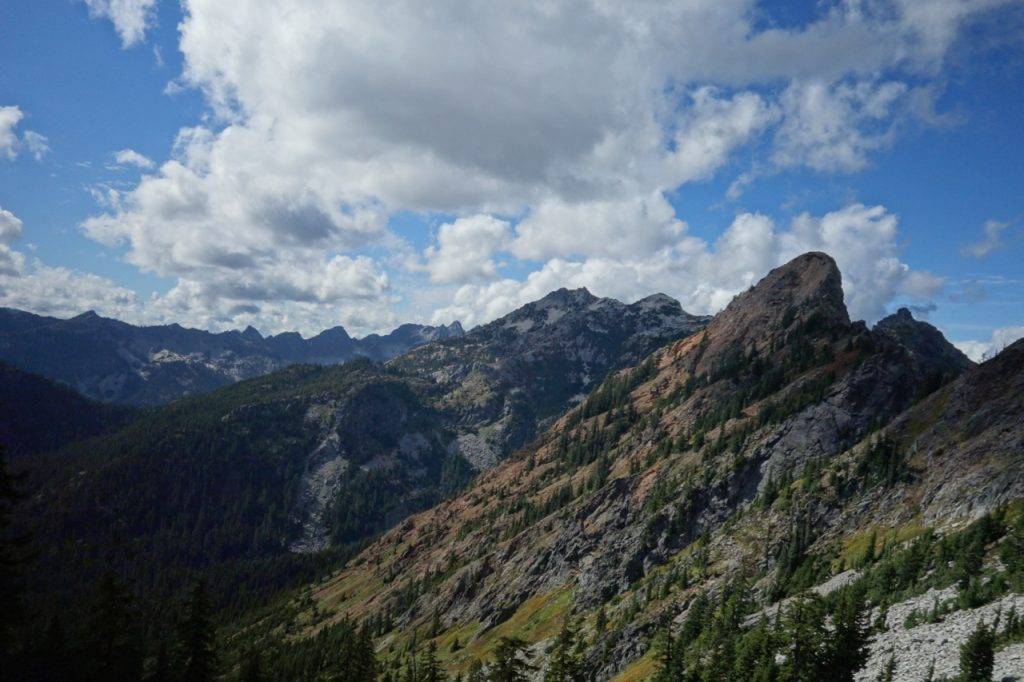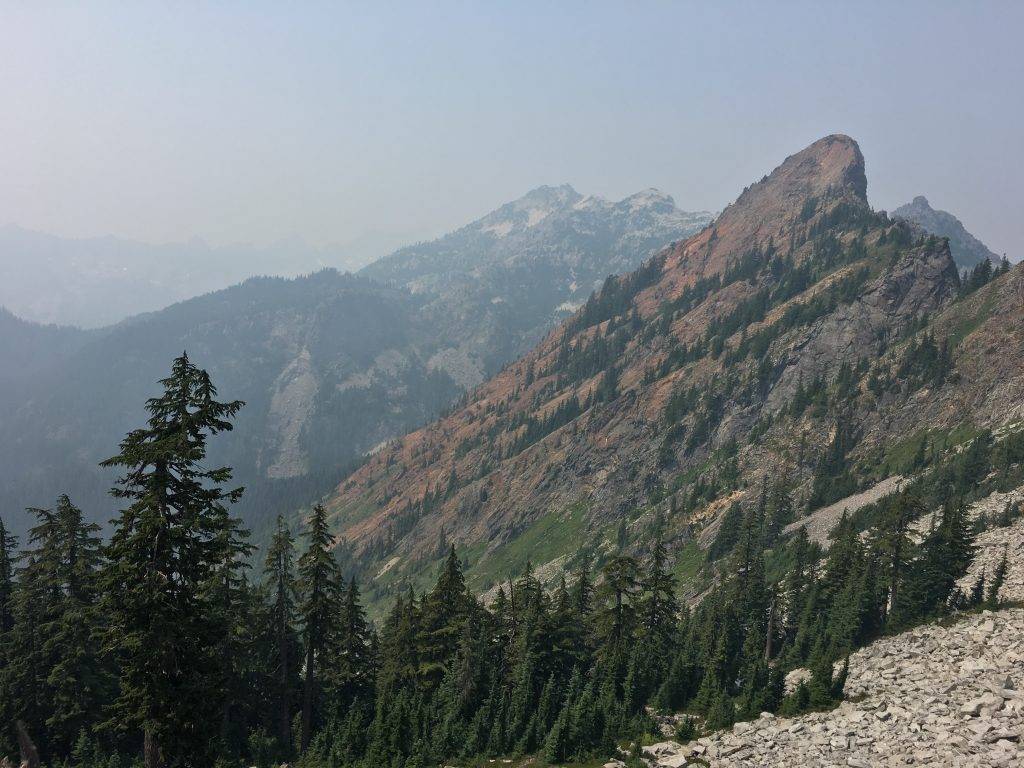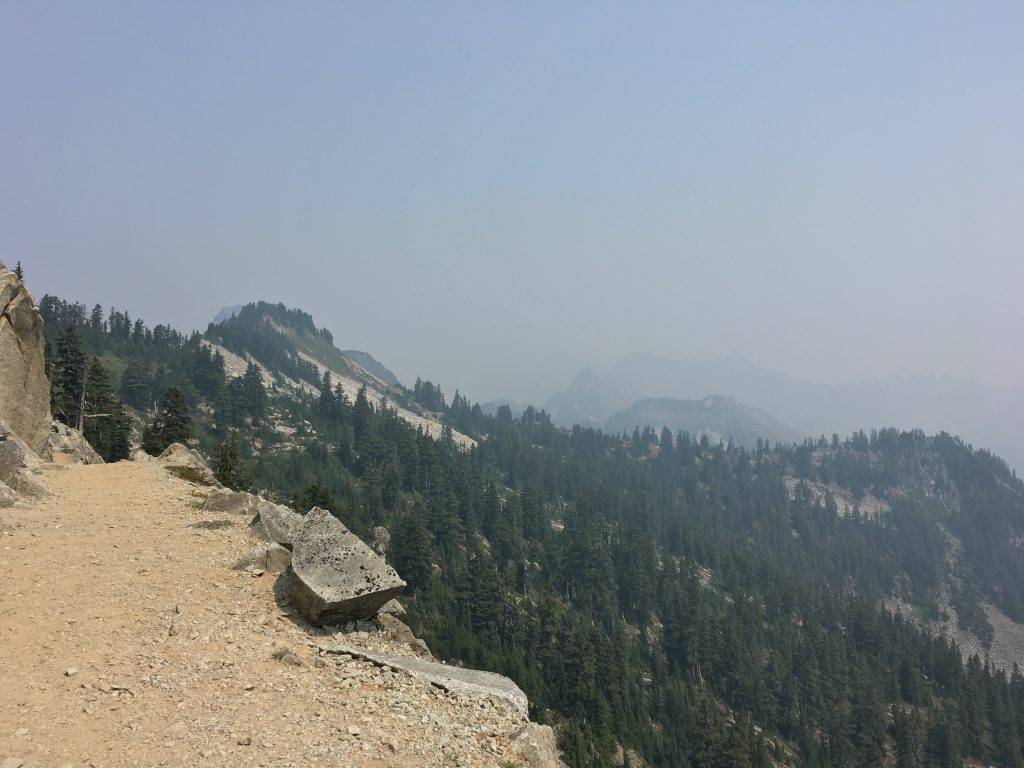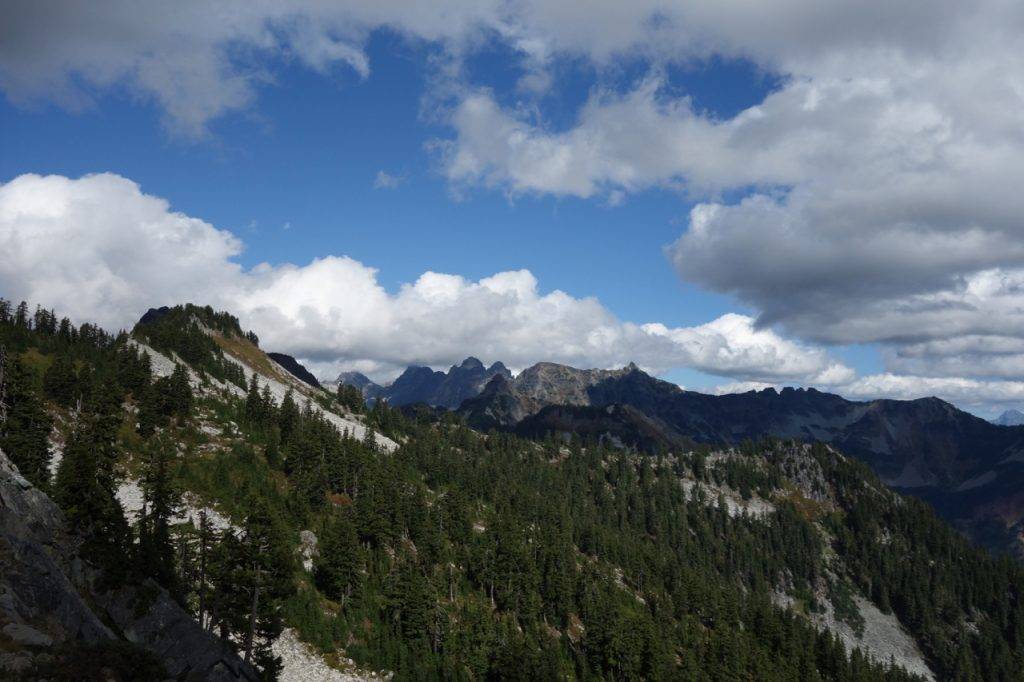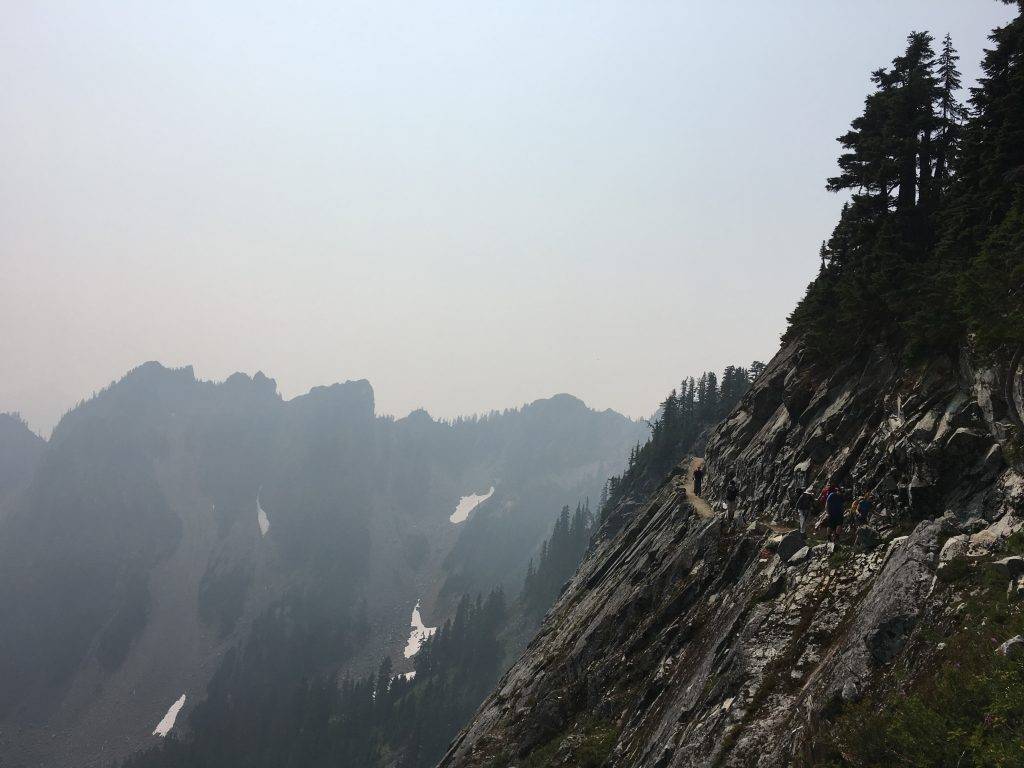I’m surprised to see how many folks have been out running and cycling during the recent smoky weather. It’s as if the rest of us need to HTFU.
Check the current Air Quality Index (AQI).
Exercising in unhealthy air isn’t like lifting weights: it’s not going to make your lungs “stronger.” And, just because you don’t feel irritation or soreness doesn’t mean you aren’t doing damage.
If you are inclined to get out in it, a wet bandana won’t protect you against the damaging 2.5PM particles. The masks that do work are known as N95, and are designed to filter out at least 95% of the dust and mold.
Here’s one way to think about it from my cycling buddy and Seattle and King County Public Health Officer Dr. Jeffrey Duchin:
Think about exercising in smoky weather the same way you would about swimming in polluted water. And, the more vigorously you exert, the greater your exposure.
Here’s what the EPA says about exercising in smoke::
During exercise, people can increase their air intake as much as 10 to 20 times their resting level. Increased breathing rates bring more pollution deep into the lungs. Furthermore, while exercising, people tend to breathe through their mouths, bypassing the natural filtering ability of the nasal passages, again delivering more pollution to the lungs. They also tend to breathe more deeply, modifying the normal patterns of particle deposition in the lungs.
Although we immediately think of the lung damage that smoke can cause, but cardiovascular problems are a more serious consequence. According to NPR:
“…it’s the fine particles — particulate matter that’s 2.5 microns or less in diameter — that are the biggest health hazard. They’re so small you can’t see them.
“When you inhale these really small particles, smaller than a few microns, they can land in your lungs and cause respiratory symptoms.” They can even pass into your bloodstream.”
From University of California, San Francisco:
Surprisingly, the greatest risk factor with inhaling the smoky air isn’t respiratory, but cardiovascular.
The risk is three-fold: Inflammation in the lungs can become systemic, affecting the whole body’s vascular function; the risk for blood clots increases, which can lead to heart attack or stroke; and the autonomic nervous system is stimulated, which can cause heart arrhythmia. In addition…“There’s good evidence that these effects can accelerate atherosclerosis, the plaques that build up inside blood vessels.”
Again, from Dr. Jeffrey Duchin:
People at highest risk for adverse health effects from wildfire smoke are those with heart or lung disease (including asthma), older adults, children and teens, people with diabetes, and pregnant women. But, exposures to fine particles can also affect healthy people, causing respiratory symptoms, transient reductions in lung function, and pulmonary inflammation. Particulate matter may also impede the body’s physiological mechanisms that remove inhaled foreign materials from the lungs, such as pollen and bacteria.
But, who among us isn’t going stir crazy waiting for the air quality to improve?
On days when the smoke has been particularly bad I opt for the gym where I do group strength and conditioning exercise classes. A couple of bonuses here:
1. The strength and conditioning classes help balance bodies that have spent too much time doing only one thing like cycling or running.
2. Group classes are a friendly social setting where you can get the health benefits of exercising with others.
There have been a few openings when the air was *barely* safe enough to play outdoors. Last Saturday I tried to get above it all with a day hike to Kendall Katwalk. Again, I was surprised at the number of folks doing trail runs. The Air Quality Index was moderate, but my asthmatic lungs felt it. On Sunday I did a ~64 mile bike ride with a friend. Our plan was to try to be done by the time the air went from moderate to unhealthy, but we didn’t quite make it, so made a point of going at an easy pace.
I’ve also used the bad air as an excuse to try something new: Slackline walking! It helps immensely with balance and the fine core muscles, which in turn helps with balance on technical trail runs or climbing on a bike.
